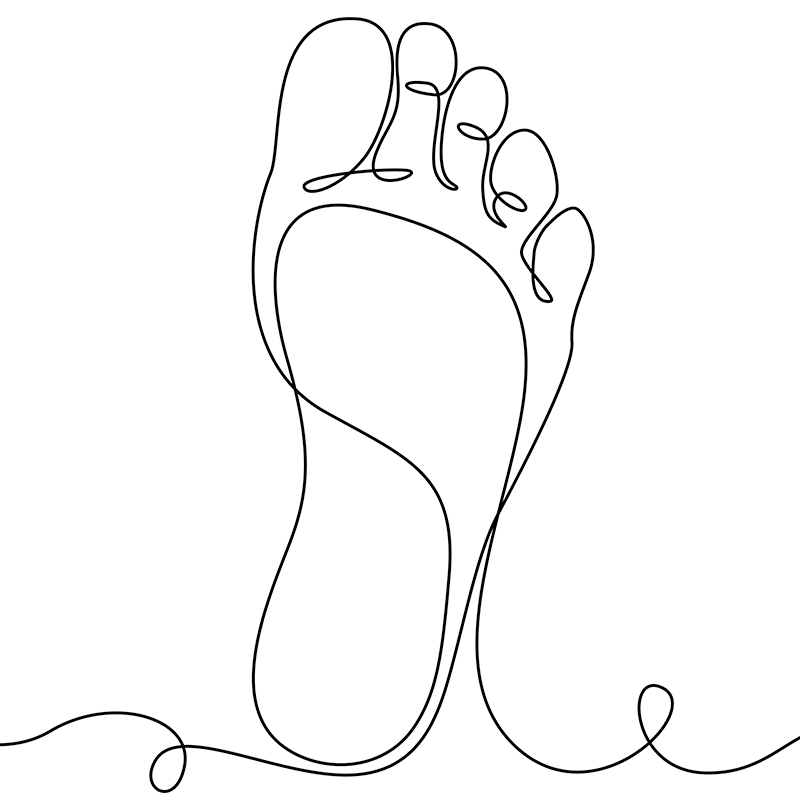
A Northwestern University team has developed a new treatment for hard-to-treat diabetes-related foot ulcers, which can lead to complications such as amputation or even death in some patients. Called a “regenerative bandage,” the novel material heals such wounds four times faster than a standard bandage and has the added benefit of promoting healing without side effects.
“We thought that we could use some of our work in biomaterials for medical applications and controlled drug release to help heal those wounds,” said Guillermo Ameer, ScD.
Ameer’s laboratory previously created a thermo-responsive material, with intrinsic antioxidant properties to counter inflammation, that is able to deliver therapeutic cells and proteins. His team used this material to slowly release a protein into the wound.
“When the protein is secreted, progenitor cells or stem cells come to the wound and make blood vessels, which is part of the repair process,” Ameer said.
The thermo-responsive material is applied to the wound bed as a liquid and solidifies into a gel when exposed to body temperature. When the same amount of the protein was applied all at once, no benefit was observed. This demonstrates the importance of slow release from the thermo-responsive material. Ameer believes that the inherent antioxidant properties within the material also reduce oxidative stress to help the wound heal.
“The ability of the material to reversibly go from liquid to solid with temperature changes protects the wound,” Ameer said. “Patients have to change the wound dressing often, which can rip off healing tissue and re-injure the site. Our material conforms to the shape and dimensions of the wound and can be rinsed off with cooled saline, if needed. This material characteristic can protect the regenerating tissue during dressing changes.”
This article was adapted from information provided by Northwestern University.



